Popular games for collection Strider
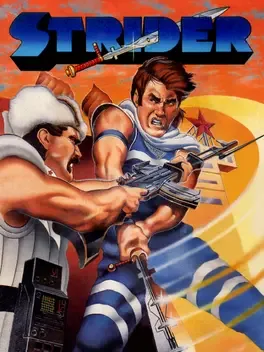
The Striders are a global organization of infiltration specialists who work to combat villainy and keep the world safe. From their orbital space station, the Blue Dragon, they are able to quickly reach anywhere in the world.
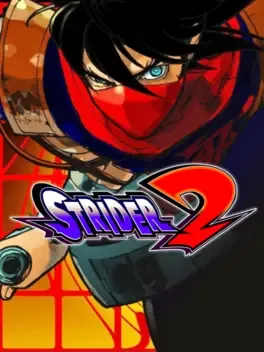
Strider 2, released in arcades and on the Sony Playstation in 2000, is the sequel to the popular arcade and multiplatform game Strider. This game is considered the true sequel to the original Strider, rather than Strider Returns. Strider Returns is not considered a part of the series, as it was not developed by Capcom, it was exclusive to the west, and most people hated it. Strider 2, on the other hand, was very well received. Unfortunately, despite being hailed by critics and series fans, Strider 2 did not sell well. The Playstation version of the game included the original Strider on a separate disc, for those who had never played it to become accomodated with the series. In the United States, there was a printing error for the game that swapped the labelling of each CD, so the Strider 2 disc was labelled Strider, and the Strider disc was labelled Strider 2.

Strider Hiryu, the original assassin that inspired many third person action titles returns in a completely new game for a new generation of gamers as he takes on the Grand Master Meio. Use an arsenal of moves and weapons against your enemies whilst slicing your way through a massive interconnected game world. From scorching enemies to freezing them in their tracks or deflecting a host of bullets, the indestructible plasma charged cypher offers a range of action tactics for players to use against their foes. Jump, climb and run through the expansive game world with the speed and agility of a ninja whilst climbing surfaces to gain that extra height and engaging the enemy from virtually any direction. From cybernetic soldiers to immense bio-mechanical creatures the enemy types in Strider guarantee engaging and unique combat challenges.
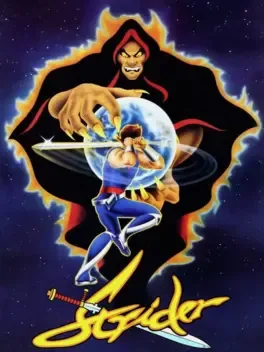
The controls of Strider consist of an eight-way joystick and two action buttons for attacking and jumping. The player controls Hiryu himself, whose main weapon is a tonfa-like plasma sword known as "Cypher". He can perform numerous acrobatic feats depending on the joystick/button combination used. Pressing the jump button while Hiryu is standing still will cause him to do a regular vertical jump, while pressing the jump button while pushing the joystick left or right will enable him to do a cartwheel jump. Hiryu can also slide under or through certain obstacles and enemies by first crouching down and then pressing the jump button. As well as his sliding move, both jumps can also be used to destroy weaker opponents. Hiryu is able to latch onto certain platforms, and climb across walls and ceilings using a metallic hook. While running down a sloped surface, Hiryu can gain enough momentum to allow him to do a longer cartwheel jump than usual. Numerous power-ups can be obtained from item boxes carried by certain enemies. These includes an extension to Hiryu's attack range that lasts for one hundred slashes, two types of health aids (represented by the kanji used to write Hiryu's name: 飛 and 飛竜), a max health extension (represented by the kanji 竜, the second character in Hiryu's name), an extra life, and a power-up that not only makes Hiryu invulnerable to attack but also increases his own attack abilities via shadow images of himself for 15 seconds.[3] Hiryu can also summon robotic companions known collectively as "options" that help him fight enemies. These consist of up to two mushroom-like droids, a saber-toothed tiger and a hawk, known individually as Option A, B and C respectively. The game has five stages: the Kazakh Soviet Socialist Republic (called "St. Petersburg" during the arcade game's attract sequence), the Siberian Wilderness, the Aerial Battleship Balrog (געלראב), the Amazonian Jungle, and the Grandmaster's lair itself, the Third Moon. Each of the stages is divided into a number of smaller sections, each with their own time limit and checkpoint location. The player has a three-point health gauge (which can be increased to five points with the health extensions. Hiryu will lose a life when either his health gauge is fully depleted, by moving him off the screen entirely (like falling into a bottomless pit) or when the game's timer reaches zero. It's Game Over when all of Hiryu's lives are lost, but the player can be given the opportunity to continue.
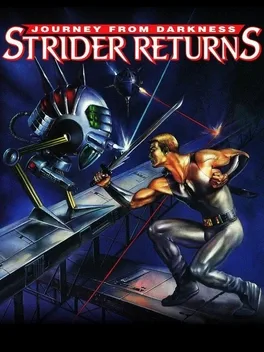
Journey from Darkness: Strider Returns, known as Strider II in Europe, is a port of Tiertex's Strider II for the 16-bit Sega Mega Drive/Genesis console, and the most well-known of the Returns ports. Unlike other versions, this port presents several changes when compared to the original game, a result of having been adapted following closely the Mega Drive port of Strider. Despite this, the game is still plagued by shoddy programming and uninspired gameplay, product of the higher-ups being only interested in getting the game "written and out as fast as possible"
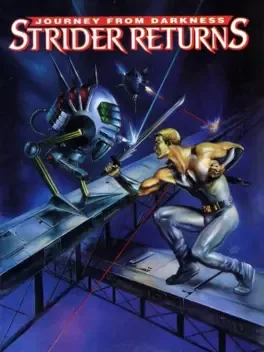
Sequel to Strider made by British developer U.S. Gold in 1990 under license from Capcom USA. Platforms include Sega Genesis, Game Gear, and Master System.
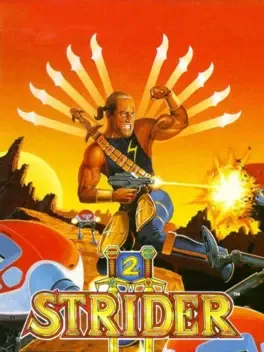
Strider II is a European-developed sequel to the original Strider, originally released for various computer platforms. The game is still plagued by shoddy programming and uninspired gameplay, product of the higher-ups being only interested in getting the game "written and out as fast as possible"